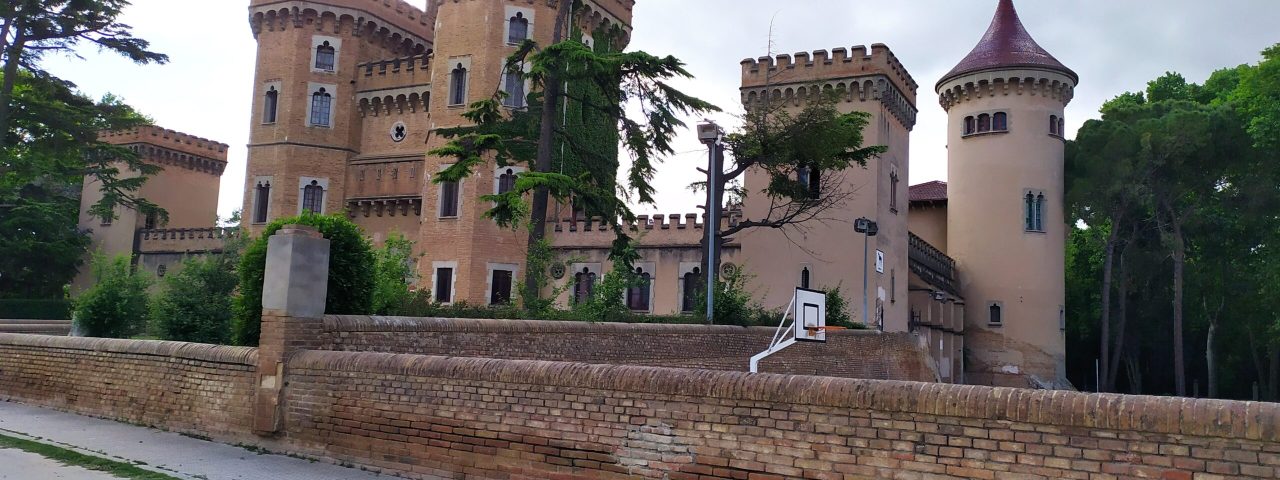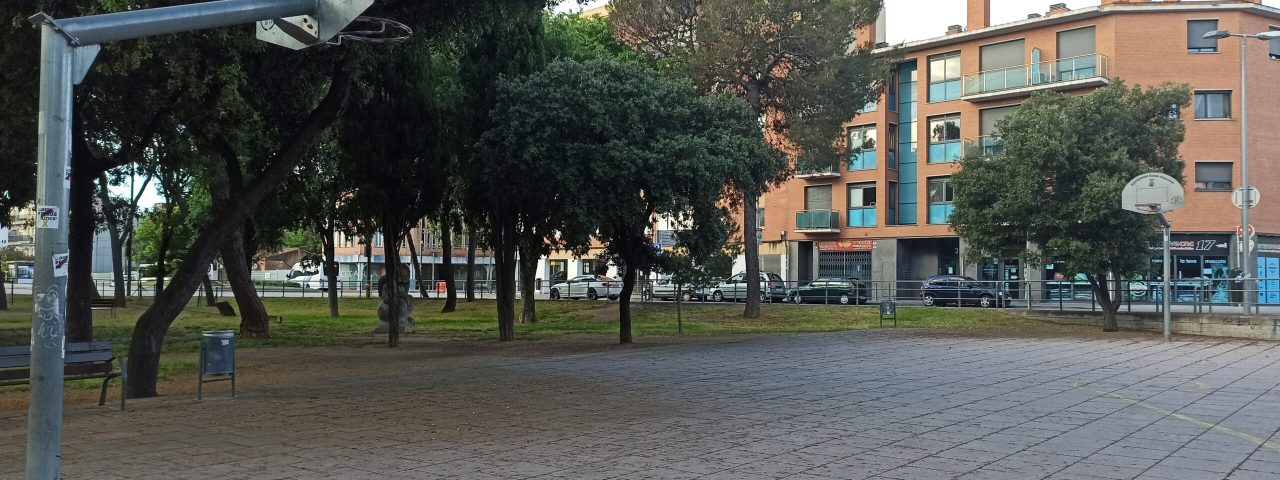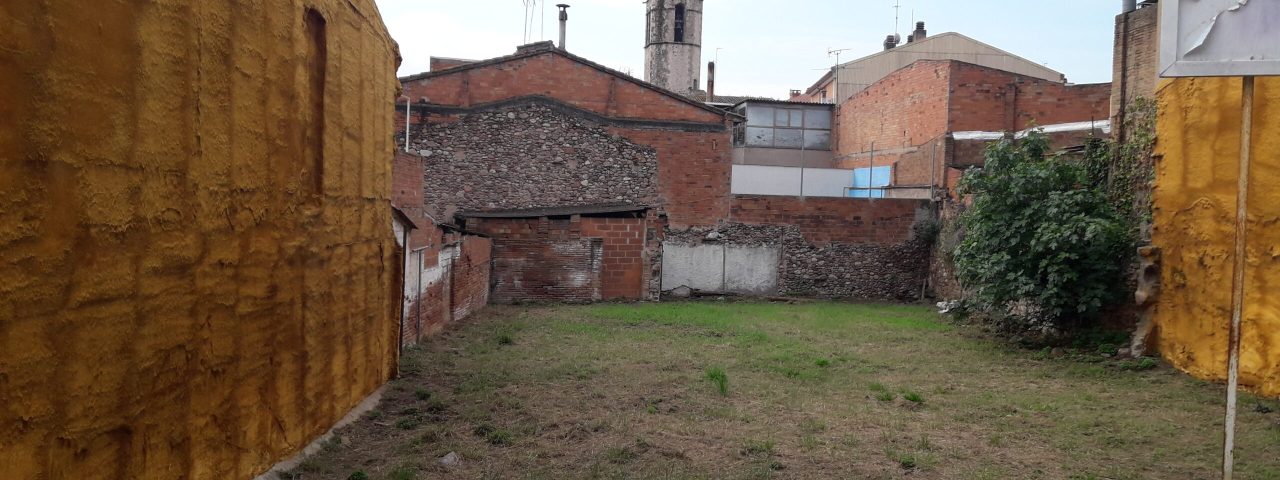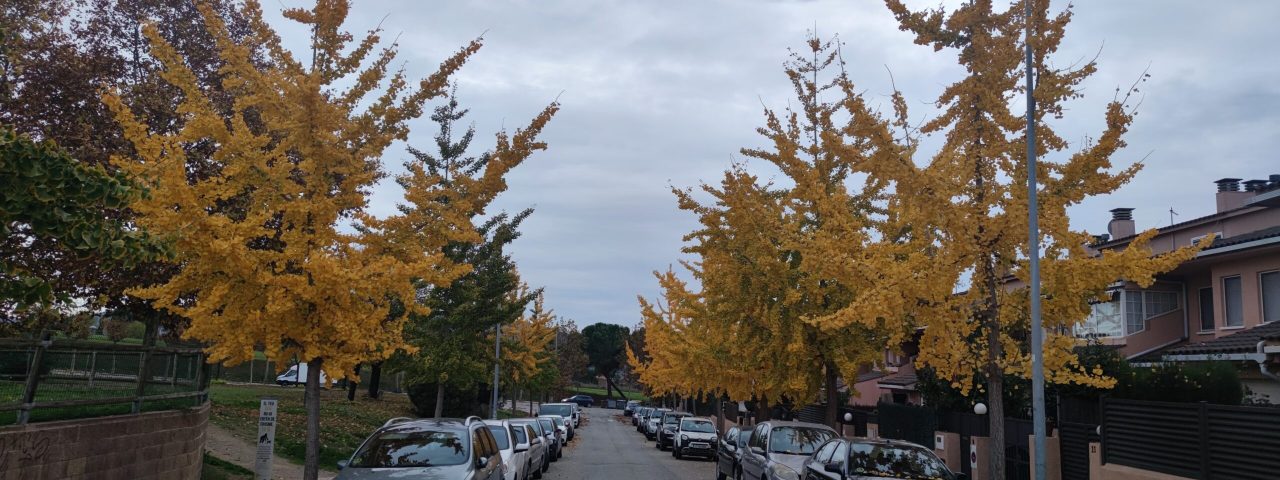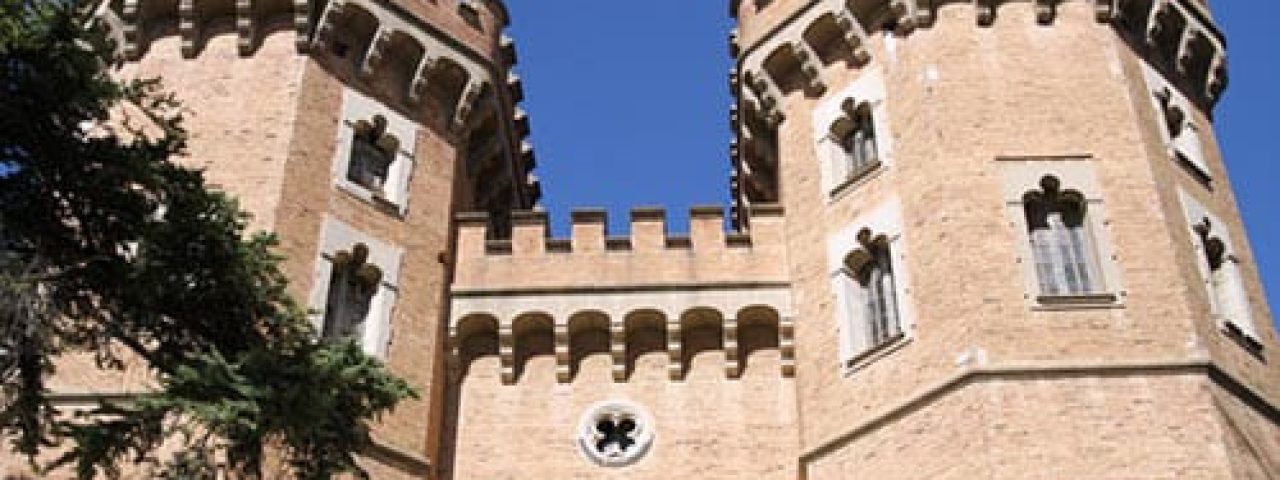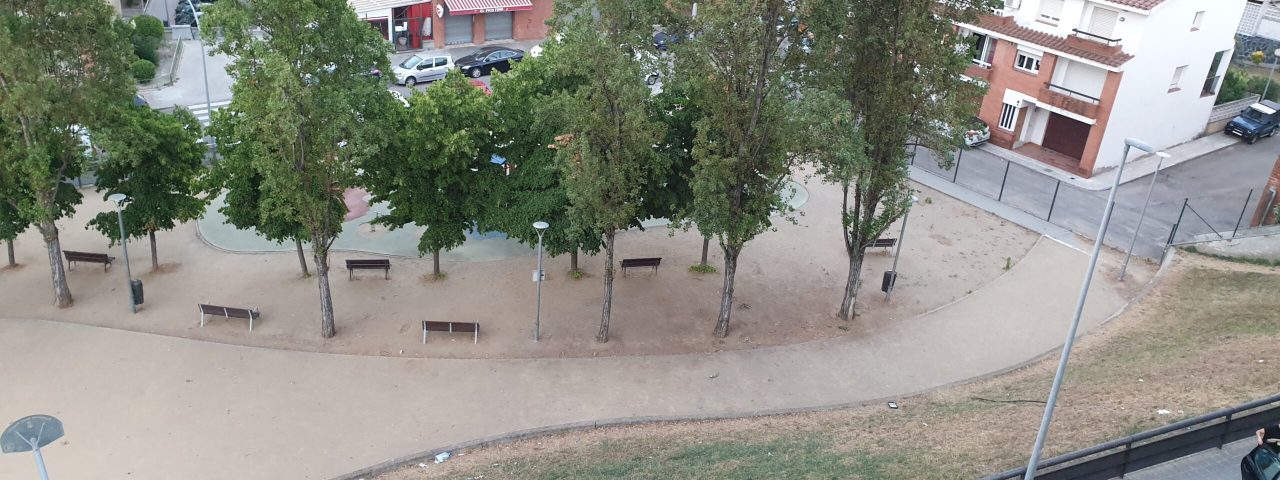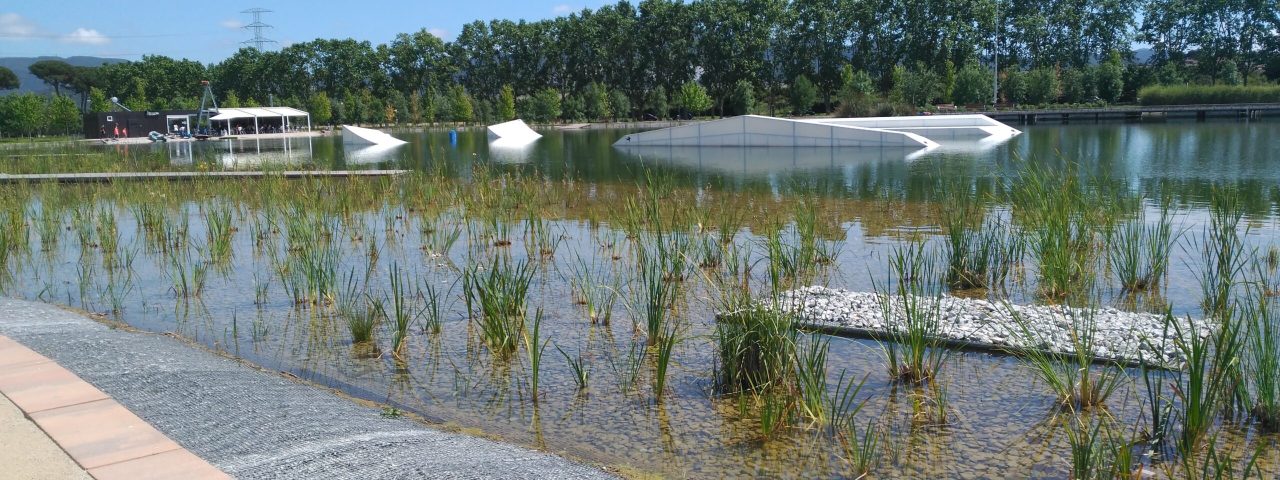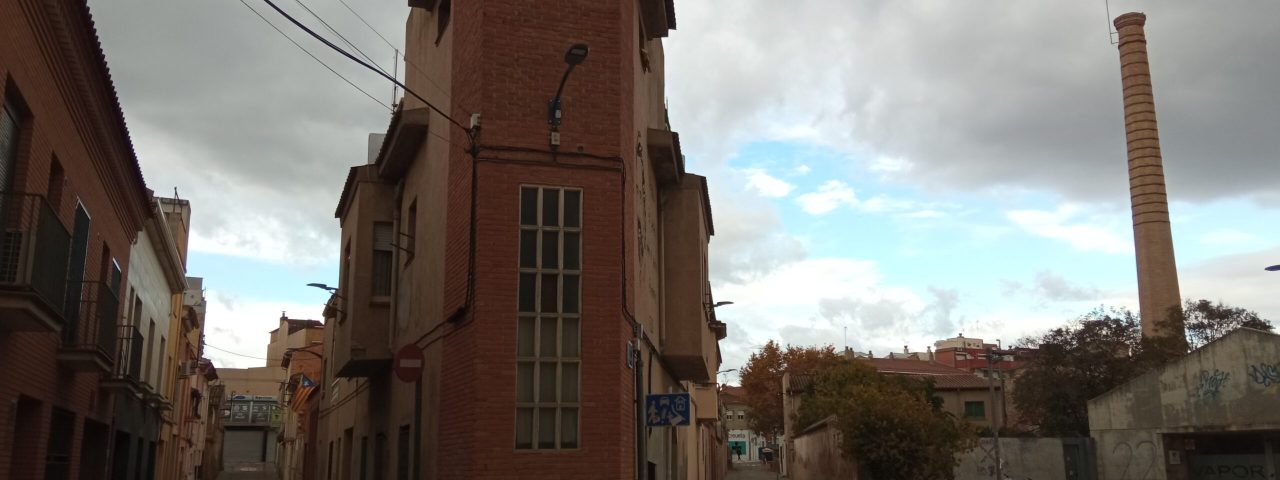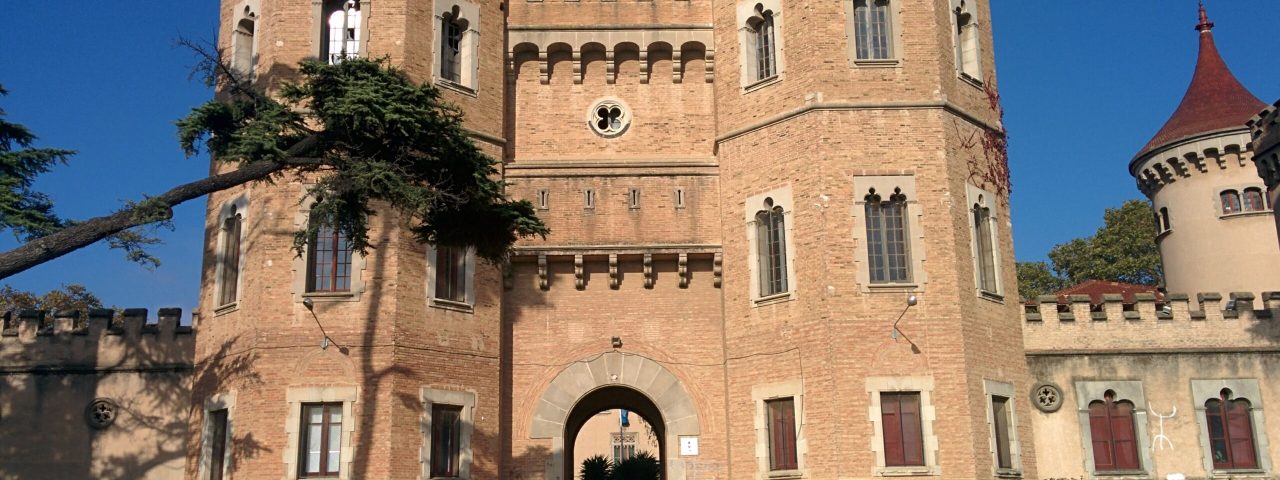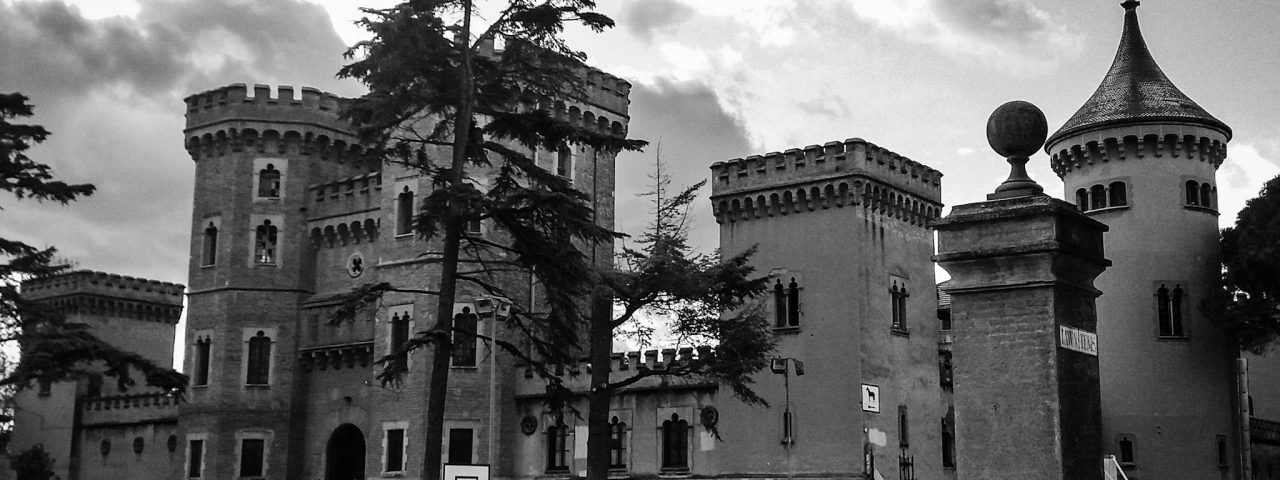Santa Perpètua de Mogoda has a rich history that dates back centuries, with influences from Roman, Moorish, and medieval Christian periods. The town’s origins are believed to be linked to a Roman villa, which later gave way to medieval development during the rise of Catalonia. Throughout its history, Santa Perpètua has played a role in the agricultural and industrial growth of the region, particularly during the 19th and 20th centuries.
Culturally, the town is known for its deep-rooted traditions and local festivals. One of the most significant events is the Festa Major, which takes place every summer and is a vibrant celebration of the town’s patron saint. The festival includes live music, traditional Catalan dancing (sardanes), street parades, and cultural exhibitions that highlight the area’s heritage. Santa Perpètua is also known for its Castells, the human tower-building tradition, which is recognized as a UNESCO Intangible Cultural Heritage.
Local customs such as the annual market fair, religious processions, and community-driven events create a lively cultural atmosphere that attracts visitors who want to experience authentic Catalan traditions.
